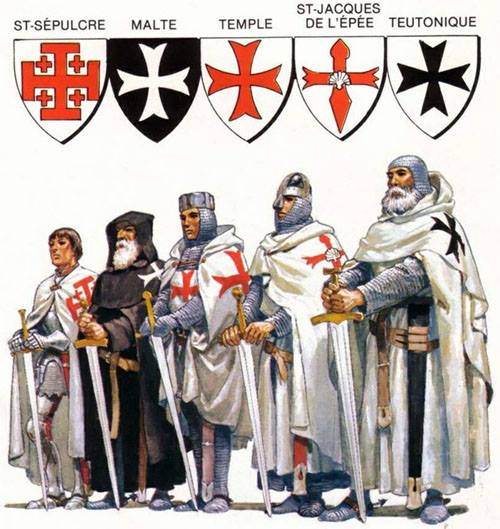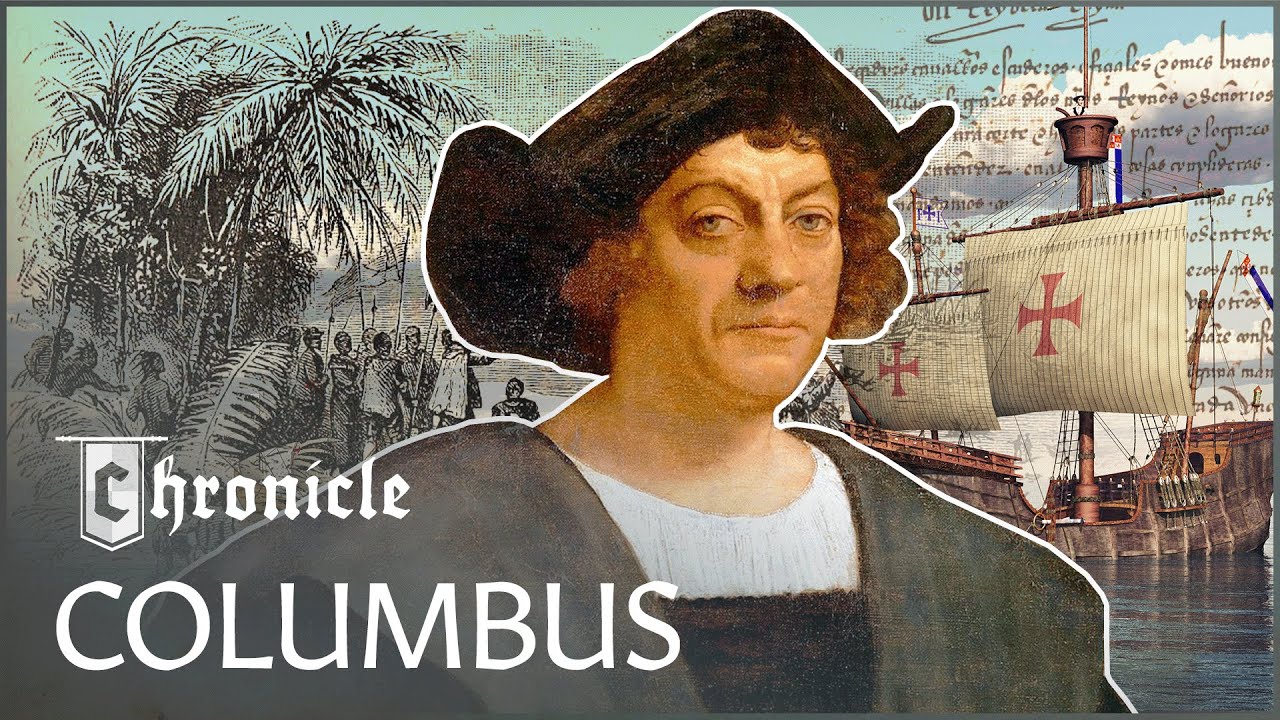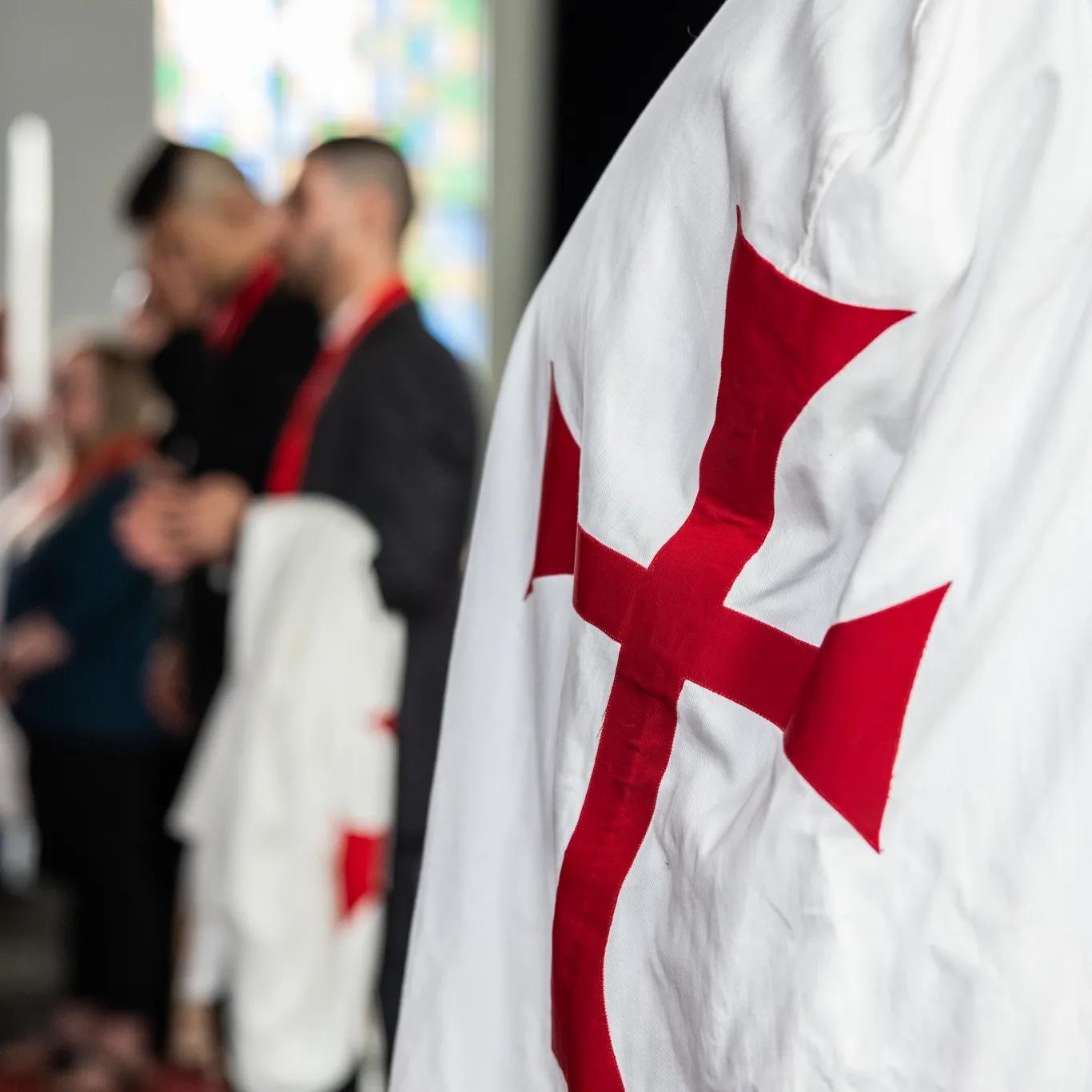The history of the knightly orders is a long and fascinating one, spanning over a thousand years and encompassing many different countries, cultures, and traditions. From the legendary Knights Templar to the modern-day orders of chivalry, these groups have played a vital role in the history of Europe and beyond.
The Knights Templar were one of the most famous and influential knightly orders in history. Founded in the early 12th century, they were initially tasked with protecting pilgrims on their way to the Holy Land. Over time, they grew in power and wealth, amassing vast amounts of land and treasure throughout Europe. They were known for their distinctive white mantles with a red cross, and for their strict code of conduct, which included vows of poverty, chastity, and obedience.
However, the Templars were eventually disbanded by the Catholic Church in the early 14th century, amidst accusations of heresy and corruption. Some historians believe that their downfall was due in part to their immense wealth and influence, which made them a target for those who sought to control or destroy them.
Despite the demise of the Knights Templar, the concept of chivalry and the ideals it embodied continued to flourish throughout Europe. Many new orders of chivalry were founded in the centuries that followed, each with its own unique history and traditions.
Firstly, There is OSMTJ/OSMTH. This order is the closest living relative to the original Knights Templars as it gets. Ordre Souverain et Militaire du Temple de Jerusalem has a long history of which it has been able to successfully carry on the Templar torch, given to it by H.I.M, King Pedro IV of Portugal / I of Brazil, Grandmaster Emeritus of the Order of Christ, whom he had a close frienship with Regent Emeritus of OSMTJ Sir William Sydney Smith, whom received an ordained knightship into the Order of Christ. King Pedro IV of Portugal / I of Brazil became a Royal Patron of OSMTJ and had selected an ArchBishop in Brazil to be the Brazilian Grand Prior of OSMTJ. This is the link that passes the Templar Torch from the Order of Christ to Ordre Souverain et Militaire du Temple de Jerusalem.
One of the most notable of these orders was the Order of the Garter, founded in England in the late 14th century by King Edward III. The order was named after the garter worn by the king’s mistress, and was intended to be a symbol of chivalry and loyalty to the crown. The order is still in existence today, and its members include members of the royal family and other prominent figures.
Another famous order of chivalry is the Order of Saint John, also known as the Knights Hospitaller. This order was founded in the 11th century, initially as a religious order dedicated to caring for the sick and poor. Over time, they also became involved in military affairs, and played a key role in the defense of Europe against invading forces from the East. Today, the order is known primarily for its charitable work, and continues to provide medical aid and other forms of assistance to those in need around the world.
In addition to these historic orders, there are also many modern-day orders of chivalry that continue to uphold the ideals of the knights of old. These include organizations such as the Sovereign Military Order of Malta, which traces its history back to the Knights Hospitaller, and the Royal Order of the Seraphim in Sweden.
Despite their different histories and traditions, all of these knightly orders share a common set of values and ideals. These include a commitment to serving others, a dedication to upholding the principles of justice and honor, and a belief in the power of faith and spirituality to guide and inspire their actions.
In today’s world, the knightly orders continue to inspire and fascinate people from all walks of life. Whether as symbols of historical intrigue and mystery, or as living embodiments of the ideals of chivalry and service, these orders remain a vital part of our cultural heritage and a testament to the enduring power of faith, honor, and tradition.
Blog chivalry faith honor King Pedro I of Brazil King Pedro IV knightly orders Knights Hospitaller Knights of Malta Knights Templar Order of Christ Order of St. John Order of the Garter OSMTH OSMTJ tradition
Last modified: April 23, 2023





